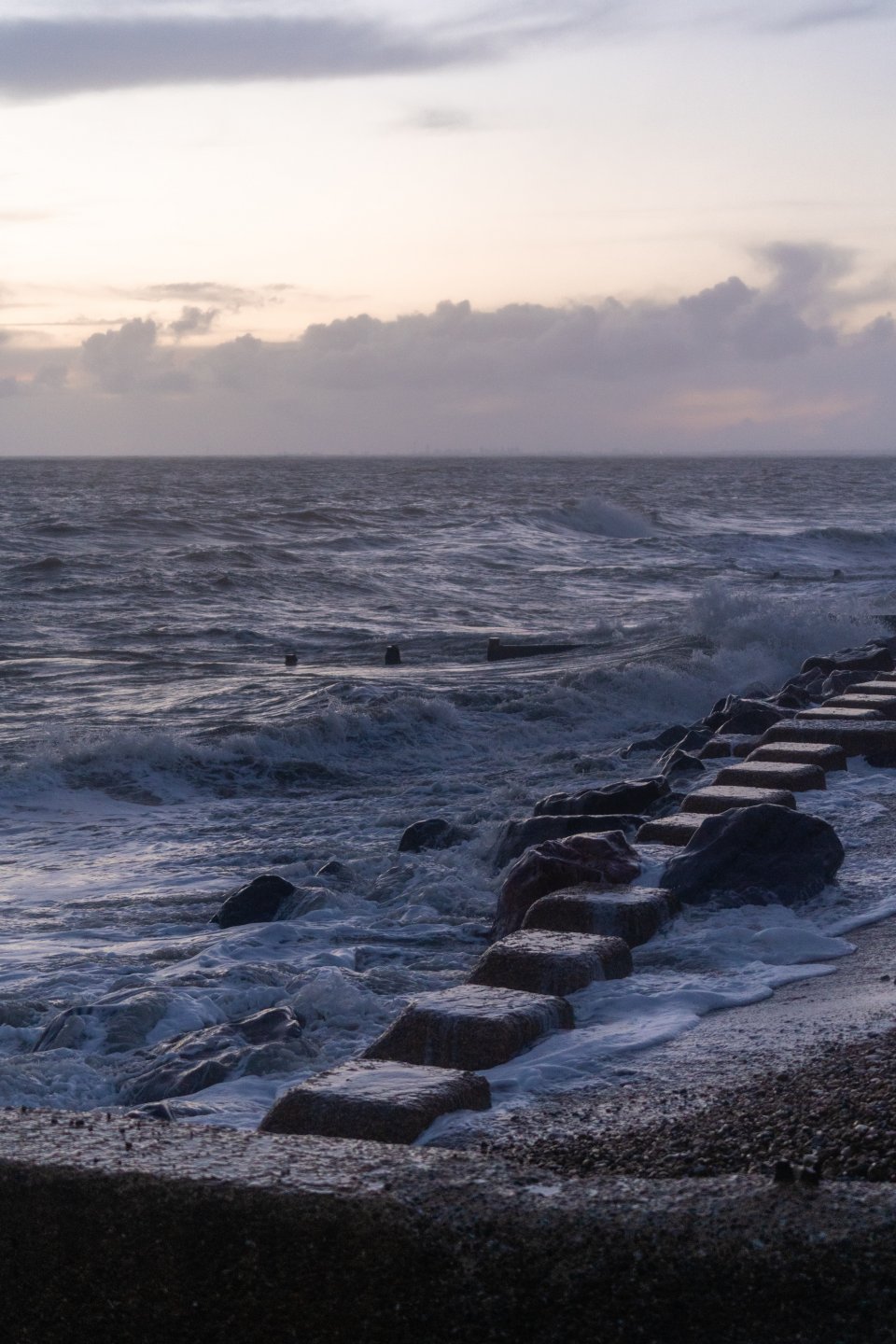
Medmerry is located on the south coast of England, opposite the Isle of Wight. The area was once rich in intertidal habitats - i.e. areas that are above the water level at low tide and underwater at high tide. At one point, people reclaimed the land from the sea to use it mainly for intensive agriculture. This situation, together with the rise in sea level, has led Medmerry to be - until ten years ago - one of the stretches of the English south coast most at risk of flooding from the sea.
The Medmerry scheme realigned a section of coast to deliver better protection from coastal flooding for local people and to provide intertidal habitat for nature.
The project implements the so-called “managed realignment” to realign the coast, by creating a mammoth 7km-long new seawall well inland on higher ground. So the sea would then breach the existing pebble beach, and allowing the tides to reclaim a huge swathe of farmland in between.
The restoration of the coast protect 364 homes precedentely under threat, as well as the only road in and out of the town of Selsey, and the sewage works. To create the new seawall, has been used clay excavated from onsite. The pits from which the earth was extracted created new pools and ditches for birds, but especially for European water voles (Arvicola amphibius) - for which Medmerry was already important. Thanks to the tides, the fields turned into a tidal bay, creating 184 hectares of new intertidal habitats and giving a new habitat to lots of specis. For example, in the first year Black-winged Stilts (Himantopus himantopus) bred on one of the freshwater pools the project had created, only the third ever successful breeding in the UK.
Finally ecause of this project, there are extensive new footpaths, cycle paths and horse-riding routes to explore, which is good for tourism. It has also created value for the local fisherfolk, as Medmerry is now a spawning ground for many seafish.
- Developing climate change adaptation; improving risk management and resilience
- Better protection and restoration of coastal ecosystems
- Flood peak reduction
- Reduce flood risk
- Reduce load to sewer system
- Increase well-being
- Sustainable development of coastal regions
The Endangered Landscapes Programme is funded by Arcadia, a charitable fund of Lisbet Rausing and Peter Baldwin, and managed in a partnership with the Cambridge Conservation Initiative.
Further information
This case study is part of a series called The rewards of nature restoration. In particular, this article is written by Adrian Thomas (RSPB, the Royal Society for the Protection of Birds).
- 11. Sustainable Cities and Communities
- 13. Climate Action
- 15. Life On Land
